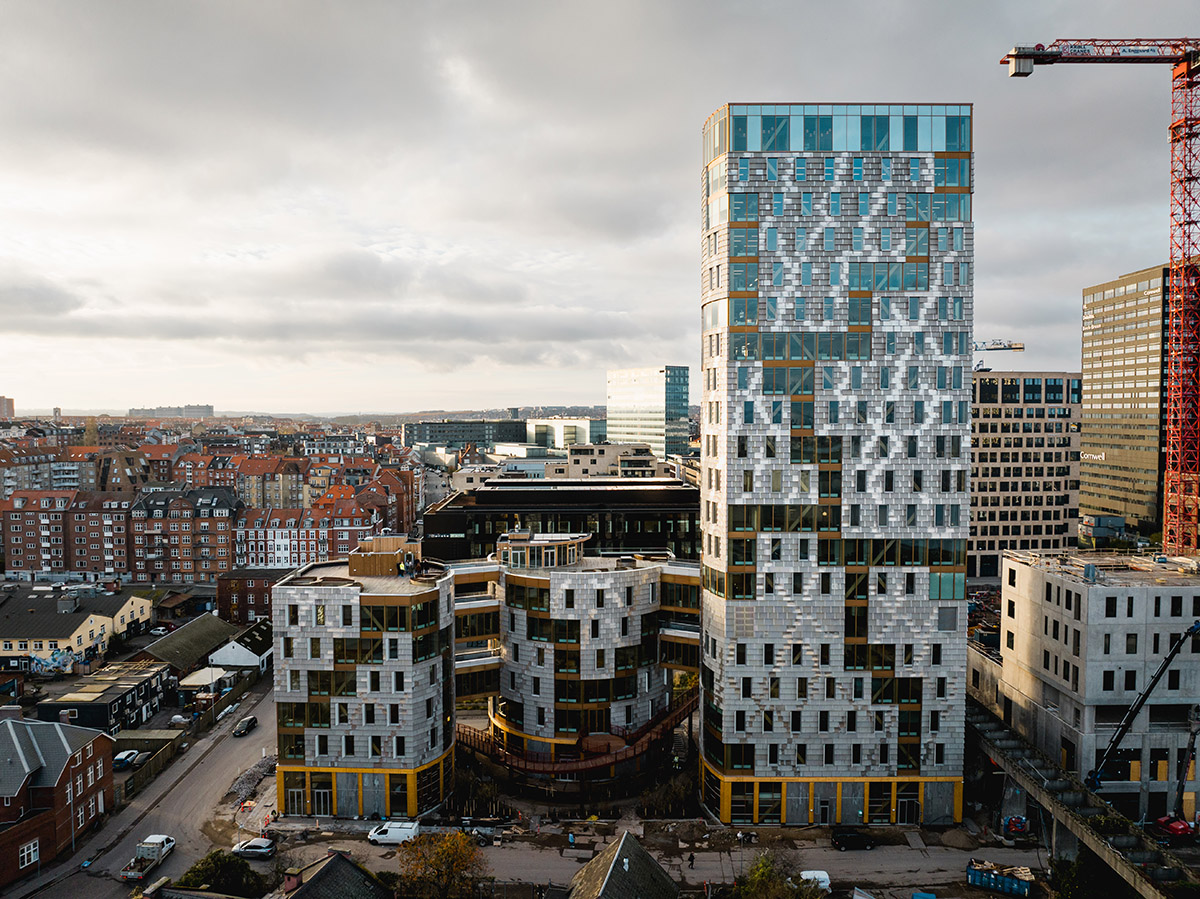Rex Skov Arkitekter: A new starting point for architectural design
By Signe Hansen | Photos: Rex Skov Arkitekter
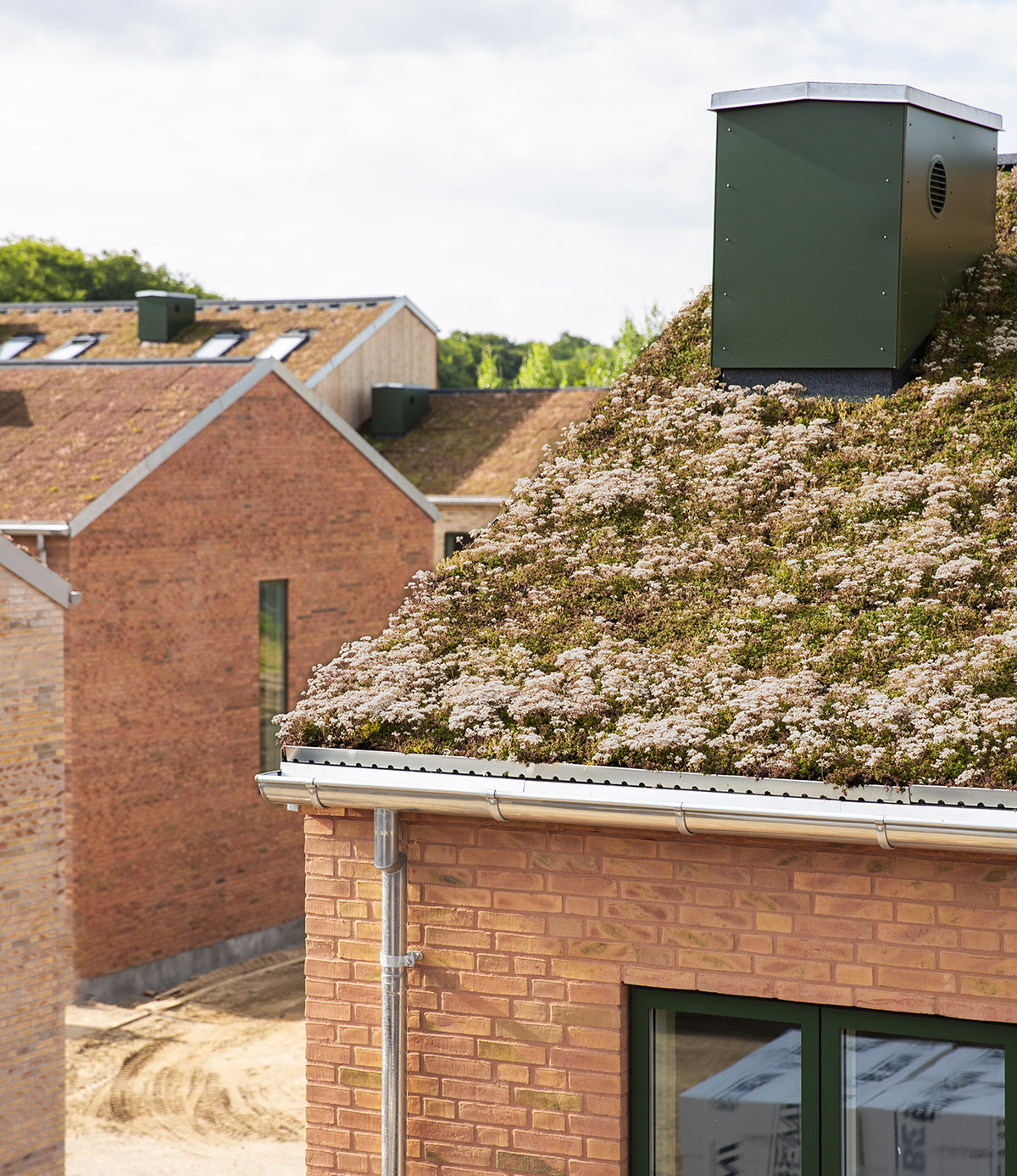
The design of Avlsgårdsvænget in Nyborg, Funen, is inspired by a desire to use local materials and connect the site with the surrounding landscape.
Creating structures and spaces based on site-specific conditions, local materials and an in-depth understanding of building techniques, Danish architecture studio Rex Skov Arkitekter is exploring a new starting point for architectural design.
With a background as a carpenter and a Master of Science in Engineering (Architecture) from Aalborg University, Michael Skov, the founder of Rex Skov Arkitekter, approaches architecture slightly differently than many of his fellows. “The way I see architecture, the end product is not a drawing, but a building, and that means a much greater focus on how to actually build what is drawn; on the materials, and the technical aspects,” he explains. “I feel like a lot of things are very theoretical and abstract, created on paper or computer, not through a manual understanding of, or respect for, the available materials and their possibilities.”
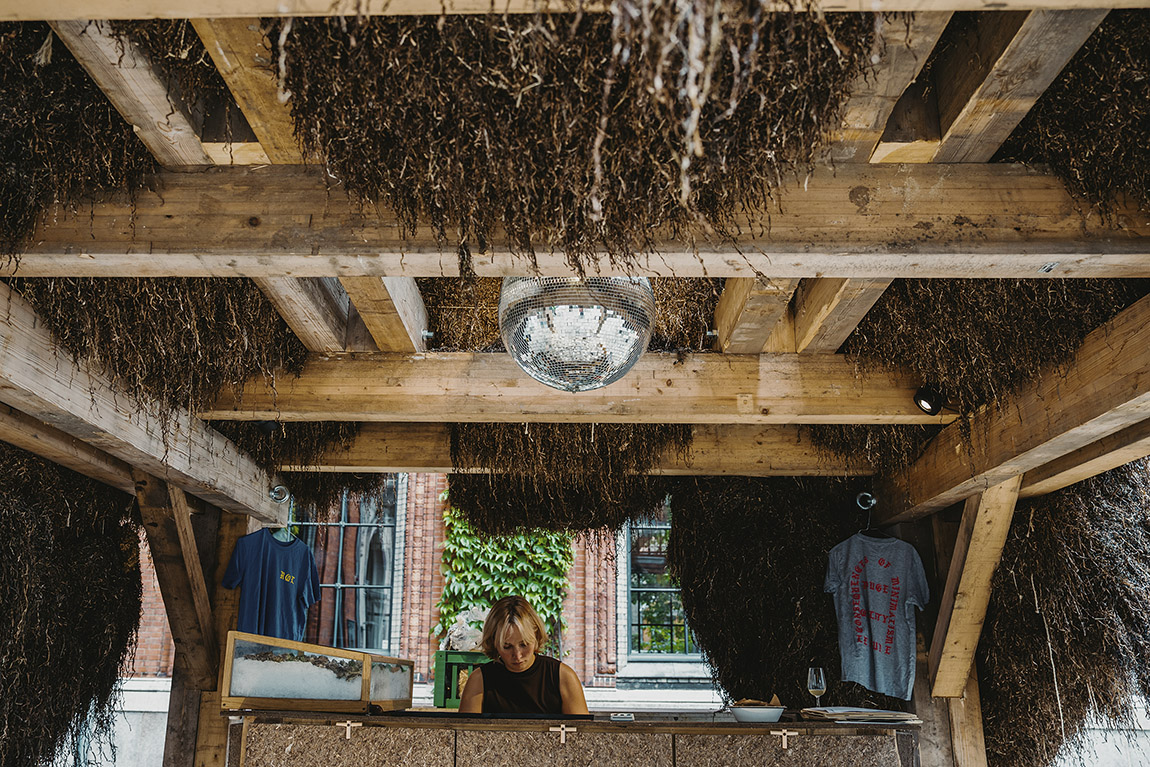
The Seaweed pavilion. Photo: Joakim Züger
Since he started Rex Skov Arkitekter in 2020, Skov has worked on a number of interesting projects, always with sustainability, buildability and locality front of mind. With his company, he has restructured urban living spaces, expanded a second home, built an award-winning seaweed pavilion for the 2022 Copenhagen’s Chart Art Fair, and, most recently, created 55 new homes in Nyborg, Funen. “In this project, instead of choosing a colour of brick based on the design and then ordering that brick from, say somewhere in Germany, we decided to base the design on a colour of brick that we could source from the local brickworks,” explains Skov. “The thought behind this is that it’s a Funen project, and consequently we find it more socially and environmentally sustainable to source all the materials we can from the local area. It’s a bit of a retrospective perspective, which we also explore in a new book we are part of.”
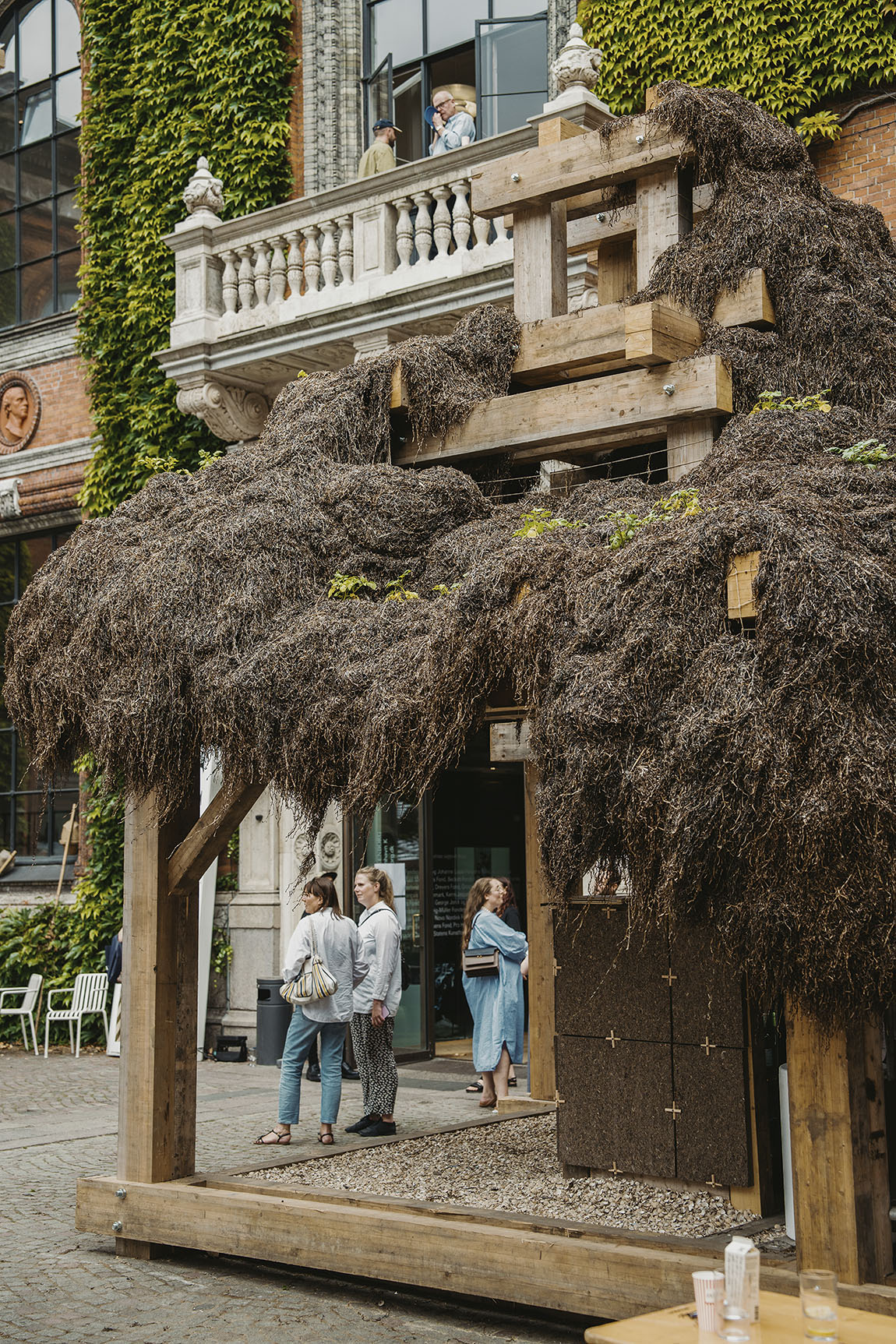
The Seaweed pavilion. Photo: Joakim Züger
The project will also feature green heather roofs to emphasise the community’s connection to the adjacent forest and nearby sea. Alongside ground depression and wadies, the roofs will also help with the handling of rainwater. “When we build, we like to take sustainability and energy concerns into consideration as an inspiration for the design, not as a modification afterwards,” stresses Skov.
The ideas of Rex Skov Arkitekter are also featured in Works – New Danish Architecture, published 2023, by Arkitektens Forlag.
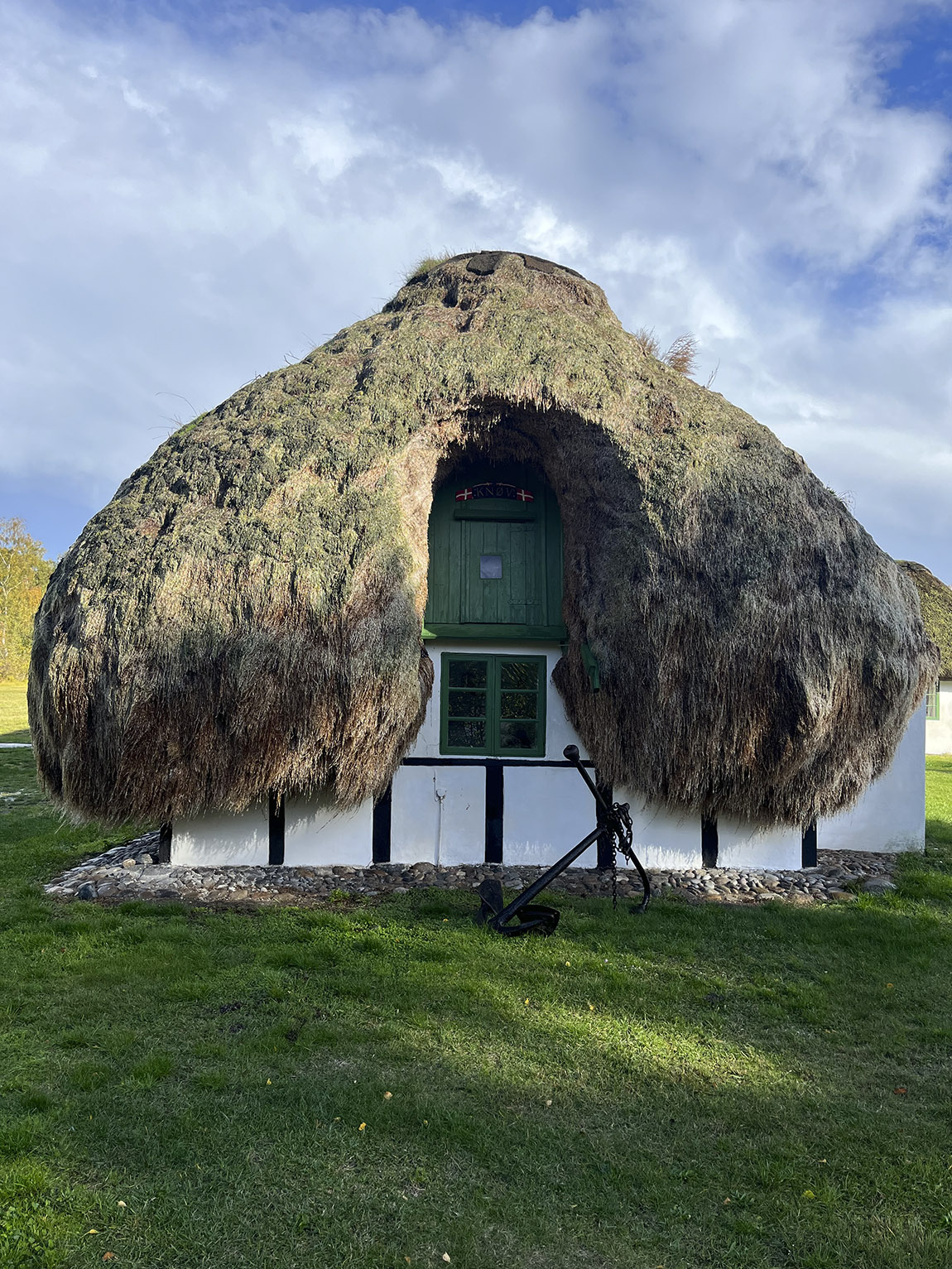
Seaweed roofs originate from Læsø where seaweed was one of the few available materials.
Web: www. rexskov.dk Instagram: @rexskov_arkitekter Facebook: rexskov_arkitekter
Subscribe to Our Newsletter
Receive our monthly newsletter by email

